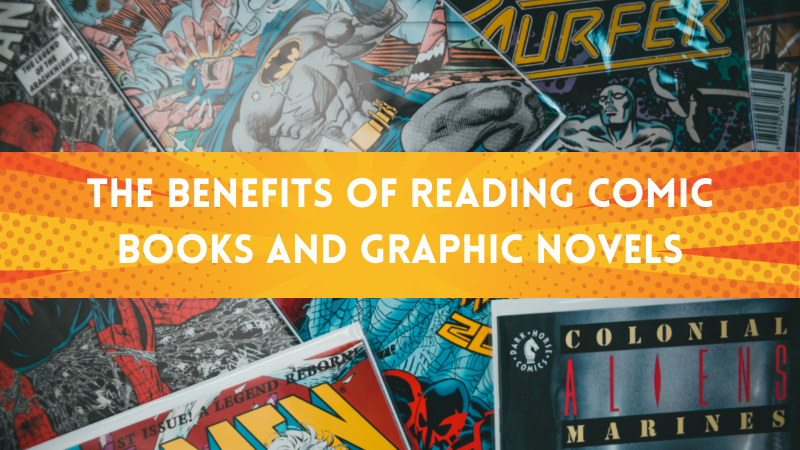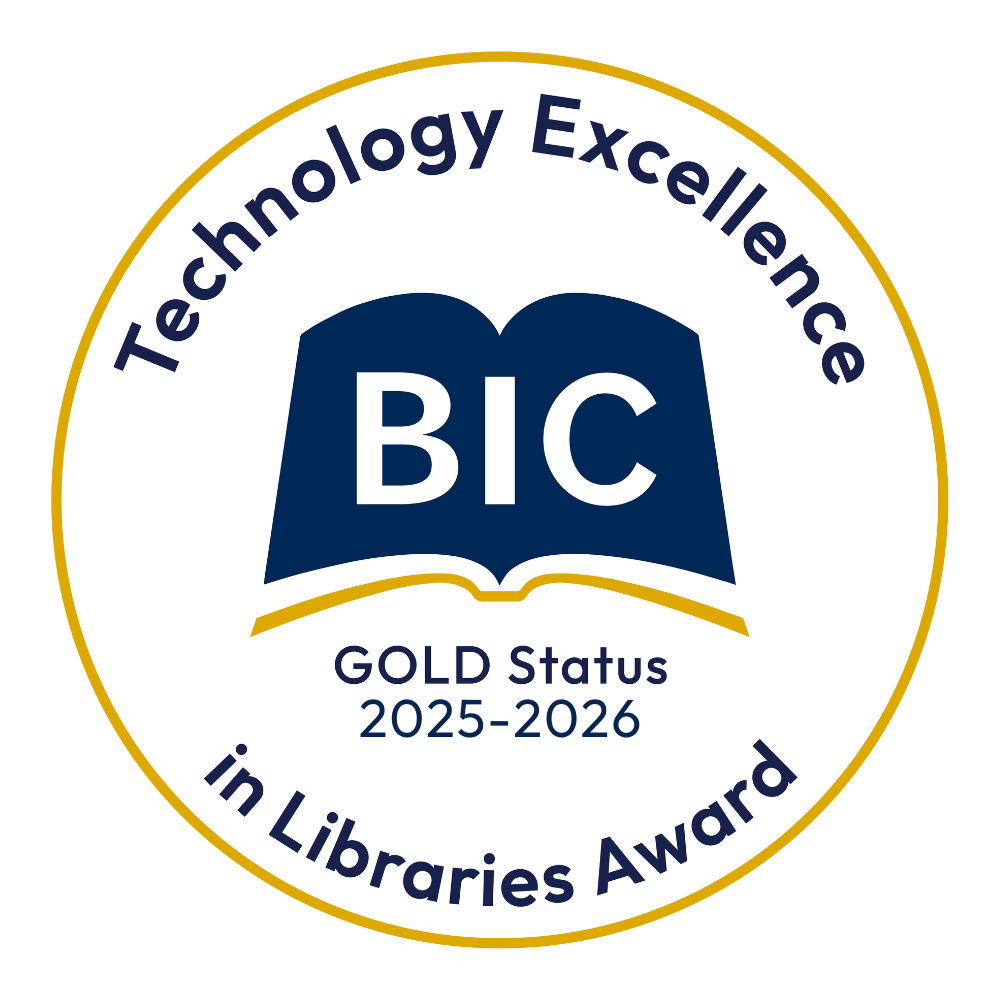For help, advice and telephone ordering call our team on 0121 666 6646
Are you sure you wish to delete this basket?()
This action cannot be undone.
Sorry, something went wrong
Please report the problem here.
Supercharge your reading: the benefits of reading comic books and graphic novels

June 6th 2024
The National Literacy Trust’s latest annual survey highlights a direct link between comics for teens and graphic novels for teens and enjoyment of reading, with children who enjoy reading comics and graphic novels far more likely to be engaged readers overall. In this blog, Peters’ Children's Book Specialist Lucy explains why graphic novels are great, and explores the benefits of having comic books in your classroom. There’s also a fun activity idea to help get pupils involved!
Comic books: the stats64,066 children and young people aged 8–18 were asked about their reading habits in the National Literacy Trust's 2023 survey, which revealed the following:
|
 |
 |
What is a comic? What is a graphic novel?'Comic' is typically shorthand for 'comic book', which is a publication, typically in magazine format, containing comic art. It might feature stories about one particular character, or group of characters, such as Superman, or it might be an anthology, which collects different characters in a single publication, such as Beano or The Phoenix. When a long-form story is told through comics, as a standalone story, this is typically referred to as a graphic novel. Why read comics and graphic novels
|

How to encourage comic reading in school
- Consider a school subscription to paper comics such as Beano or The Phoenix.
- Ask parents to donate any old comics they have at home to the school.
- Check out the Excelsior Award, the UK’s award to find the best of the latest graphic novels, and The Scholastic Graphic Novel Prize, celebrating the UK and Ireland's favourite graphic novels for children and teens. You can even vote for a winner on behalf of your school!
- Visit our graphic novel pages for primary and secondary schools.
- Establish a dedicated space within the school library that is visually appealing and accessible, showcasing the school picture books, comics and graphic novels collection prominently and encouraging students to participate in the selection and organization of the library.
- Collaborate with students to create a club or group that focuses on comics and graphic novels.
- Host events such as book talks, author visits, or mini comic cons to create excitement and build a community around the graphic novel library.
- Make use of free resources and activities available online, such as printable comic panels for students to complete, to stimulate creativity and storytelling skills.
- If you're in a secondary school, make sure you have graphic novel versions of GCSE texts in stock. They're great as an accessible introduction to some trickier texts, such as Shakespeare.
- Keep a general collection of graphic novels that are quick to read, ideal for escapism from the pressure of exams.
Our top recommended comics and graphic novels for KS1 and KS2 |
 |
 |
 |
 |
 |
Our top recommended comics and graphic novels for KS3 |
 |
 |
 |
 |
|
|
|
Follow our step-by-step comic activity!1. Get a piece of A4 paper and fold in half, and in half again, and open up so there are four panels. 2. Get one child to draw something in the first panel, maybe with a speech bubble (remember to do the writing first, then draw the speech bubble around it!) 3. Pass the paper onto the person sitting next to you, and they can carry on the story with their own picture/speech or thought bubble. 4. Pass the paper on until all of the panels have been filled in and you have a fun collaborative comic that may take an unexpectedly wacky turn! |
|
|
Read next:Engage TV and film fans with books with author Christopher Edge |
|
 |





